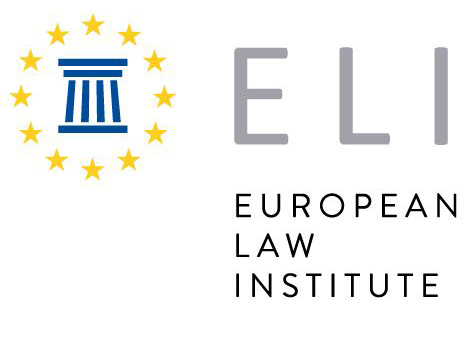ELI President, Pascal Pichonnaz (Professor, University of Fribourg) opened the webinar by welcoming speakers and attendees. He explained that in July 2023, the ELI Council adopted the above project, which aims at proposing amendments to the Commission’s proposal of 7 December 2022 for a Council Regulation on jurisdiction, applicable law, recognition of decisions and acceptance of authentic instruments in matters of parenthood and on the creation of a European Certificate of Parenthood.
Project Co-Reporters Susanne Gössl (Professor, University of Bonn) and Ilaria Pretelli (Senior Research Fellow, Swiss Institute of Comparative Law) expanded on the scope and aim of the project, outlined the need for it and informed those present about the team assembled to work on it. They explained that their aim is not to look at every single article within the proposal, with a view to suggesting amendments to them, as there is not enough time to do so, but rather the team will look at the bigger picture and offer wholistic proposals for changes.
Maria Vilar Badia (European Commission, DG JUST, Unit A1 Civil Justice) stressed that the scope of the proposed Regulation is very wide as it aims to cover the recognition of parenthood for all children. She explained that in the Commission's understanding, the Court of Justice of the European Union’s case law does not aim at the portability of civil status in general but only requires Member States to recognise parenthood when connected to rights under Union law, such as the freedom of movement (ie the right to enter, the right to reside, the right to obtain a legal documentation for a child to travel, etc). This law does not extend, for now, to matters beyond that. The Commission’s proposal goes beyond the above rights to purposes under national law, eg the right of a child to inherit or to obtain maintenance or to be legally represented by either parent in another Member State. She went on to explain why the Commission chose the legal basis of Article 81 on family law instead of Article 21 on free movement, namely, in the Commission’s opinion, because the case law on Article 21 and the obligation to recognise parenthood do not go beyond rights under Union law. To expand into national law, therefore, the Commission has to use a different legal basis. Having said that, she emphasised that the Commission’s proposal comes in addition to the rights acquired by citizens under free movement, which would be kept intact. Among other things, she also explained that the Union has no competence over some of the aspects being covered under the Hague Convention’s forthcoming work on parentage/surrogacy. She concluded with the Commission’s position on adoption.
Maša Jerićević Šušteršič (Network of European LGBTIQ* Families Associations (NELFA); Legebitra, Slovenia) expressed NELFA’s appreciation of the Commission’s proposal. Among other things, she said that NELFA considers that the interests of all Member States searching for adequate solutions on cross-border recognition of parenthood should be taken into account in a compromise reached, which would safeguard those interests while ensuring that children’s fundamental rights and best interests are fully respected and protected. NELFA therefore values that the focus of the proposed Regulation on the protection of all children, regardless of how they were conceived and the gender, sexual orientation or partnership status and their biological or non-biological parents. It is therefore relevant for NELFA that the Commission’s proposal is child-focused and does not aim to introduce marriage equality, same-sex adoption or multiple parenting at national level but to protect children and their identity and relation to their primary careers, mainly parents.
The presentations were followed by a lively Q&A session.
The recording of the webinar is available below.

